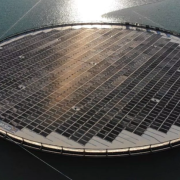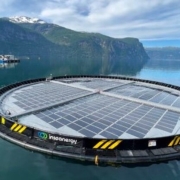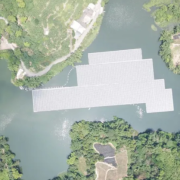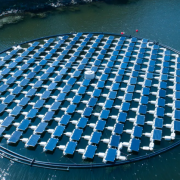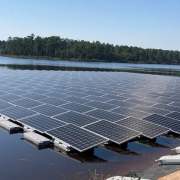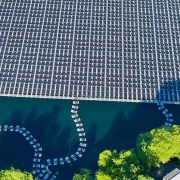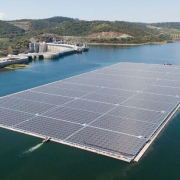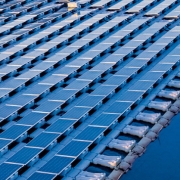Floating solar farms are solar panels that are installed on the surface of bodies of water — such as lakes and reservoirs — to save space on land or provide electricity to remote locations.
Now, engineers and scientists are beginning to develop ways to put solar farms on the surface of the ocean to bring electricity to isolated places, such as the island nation of Indonesia, where more than a million people are without access to electricity, reported BBC News.
Click here to read the full article
Source: Eco Watch
—
If you have any questions or thoughts about the topic, feel free to contact us here or leave a comment below.

